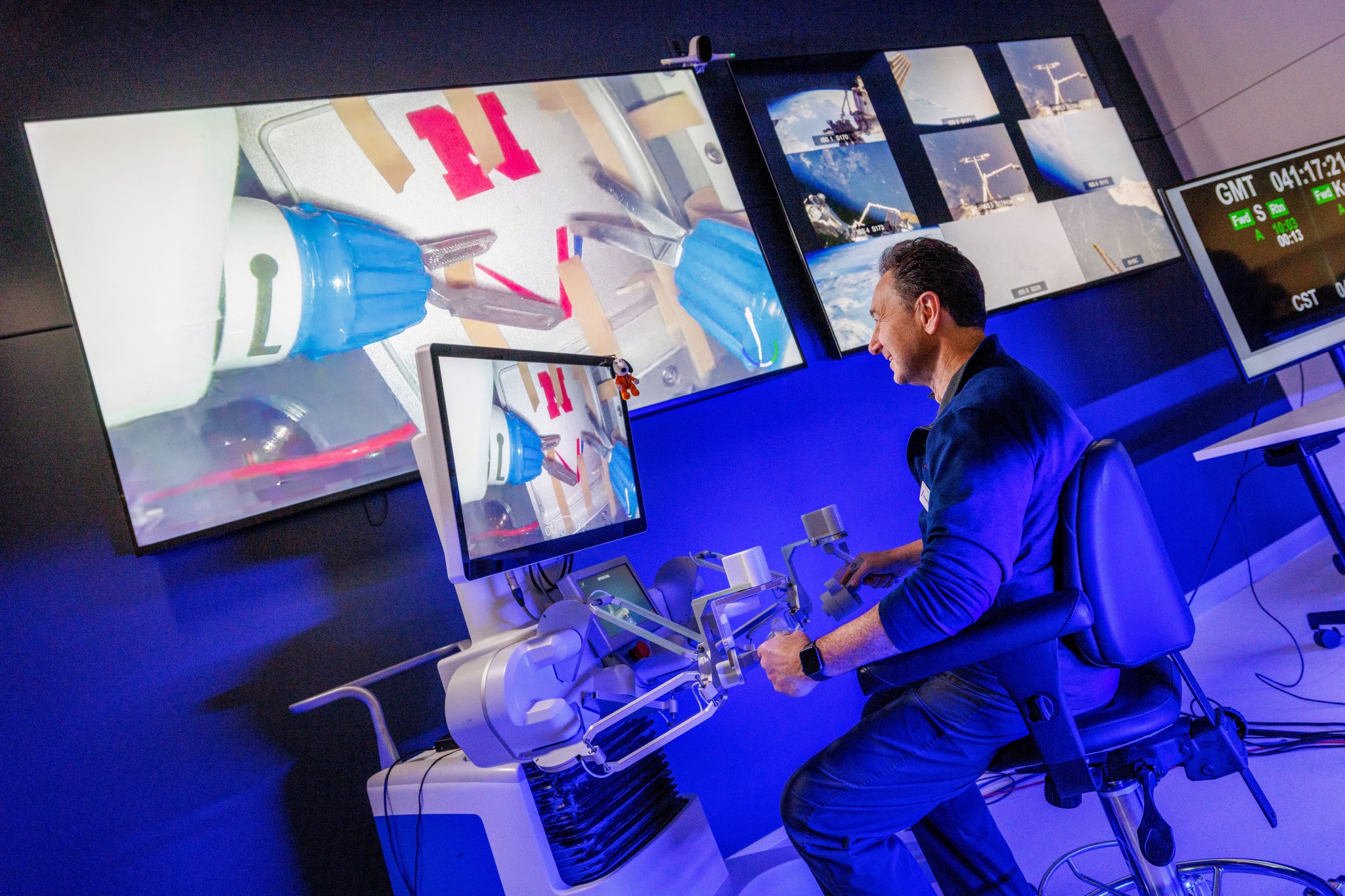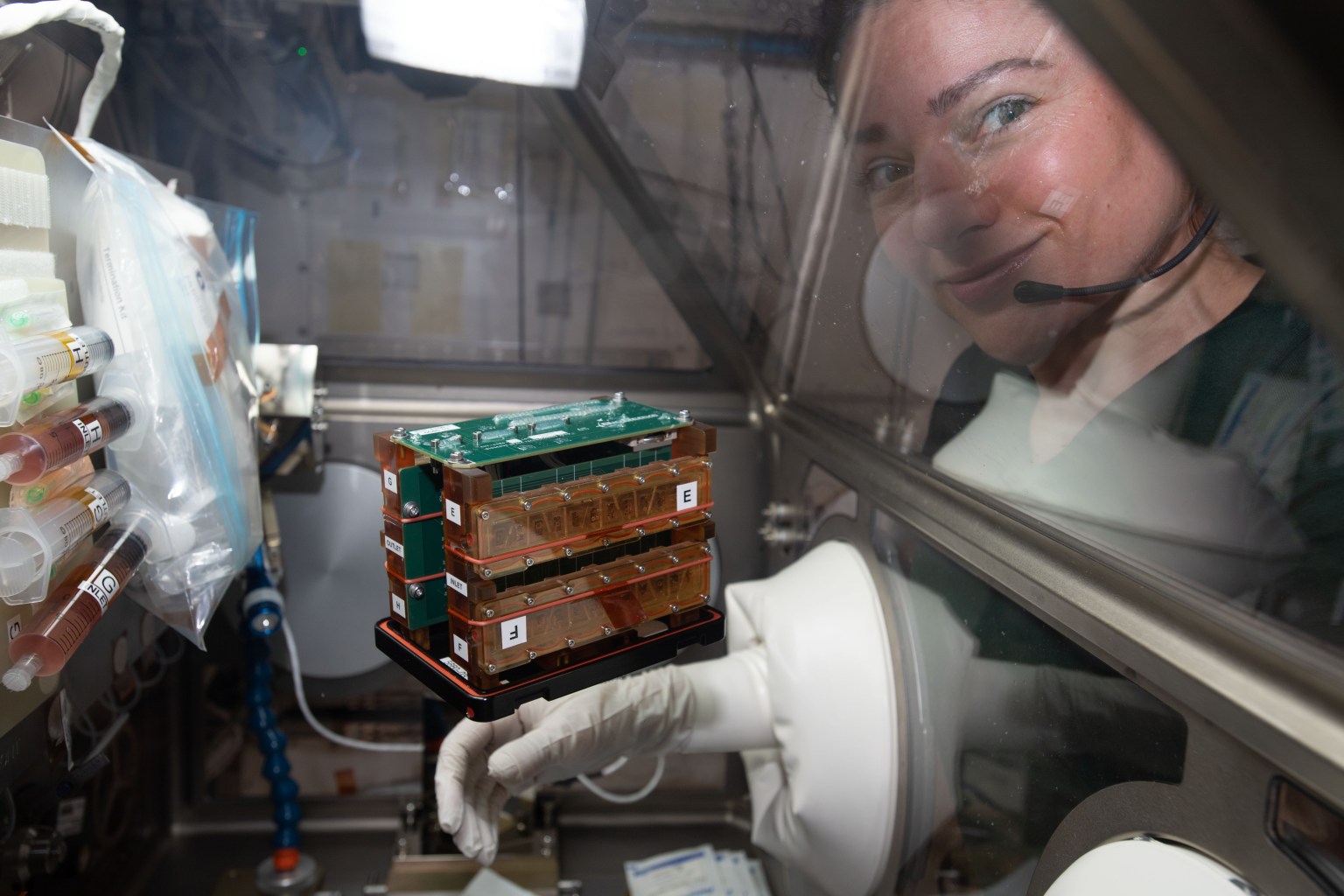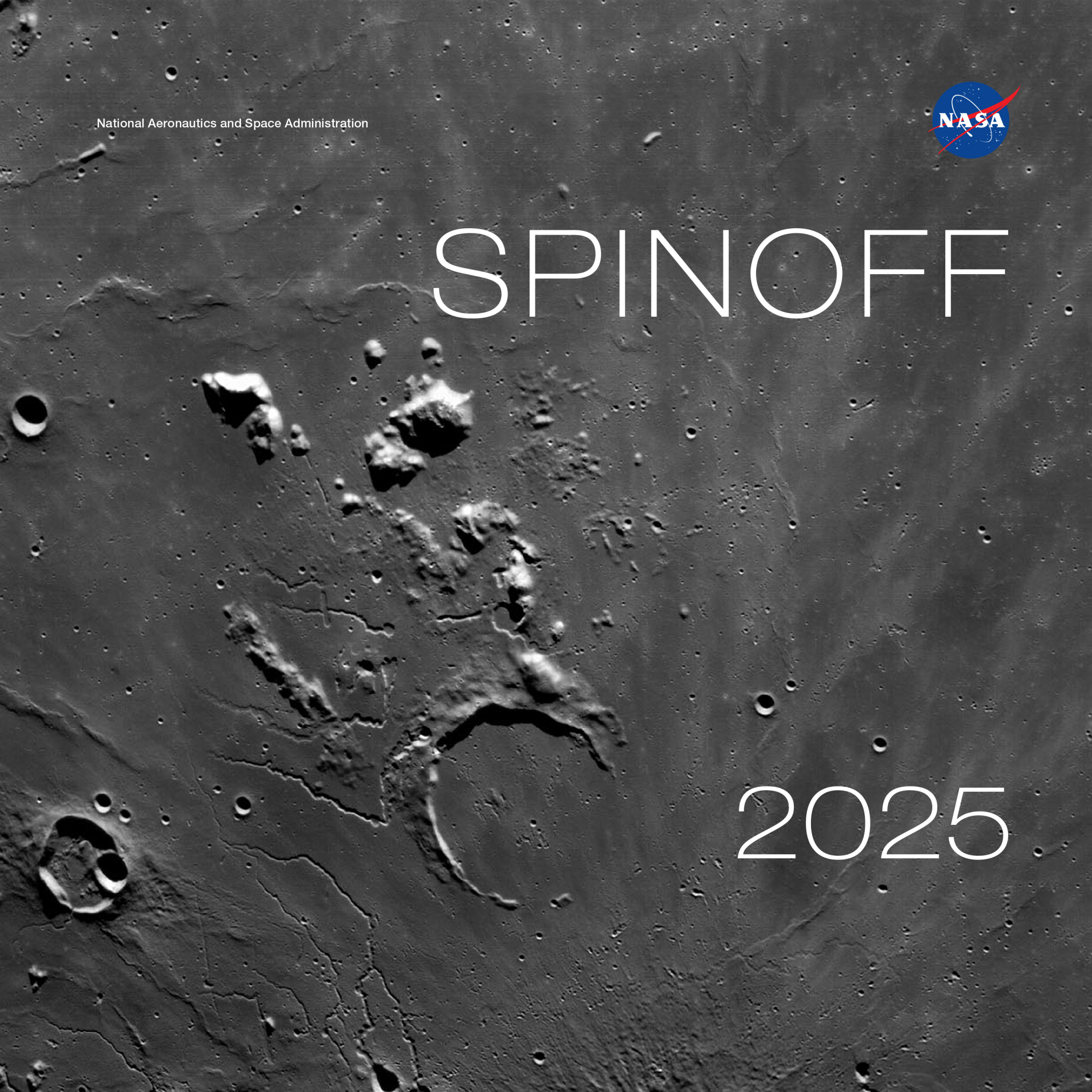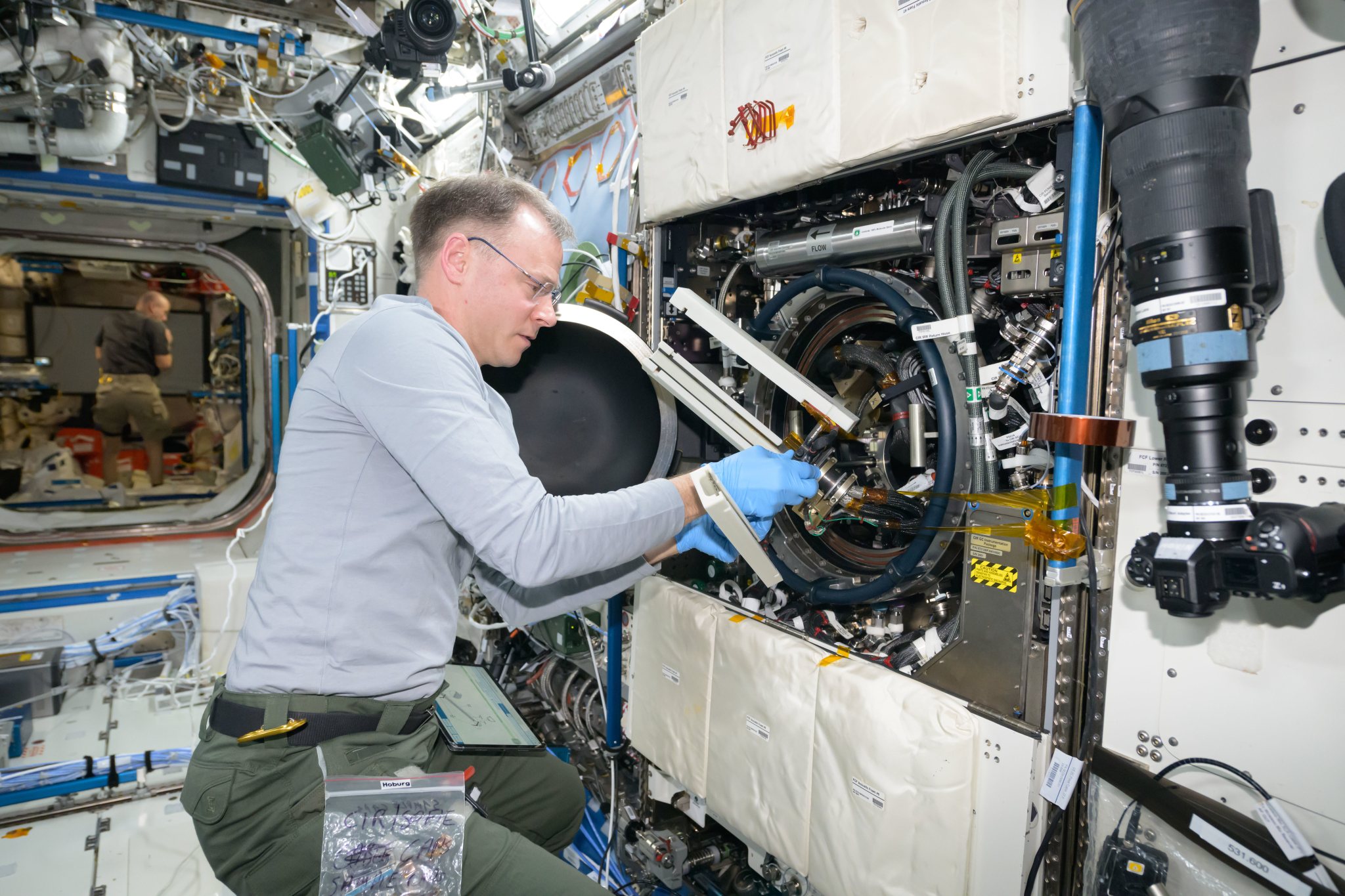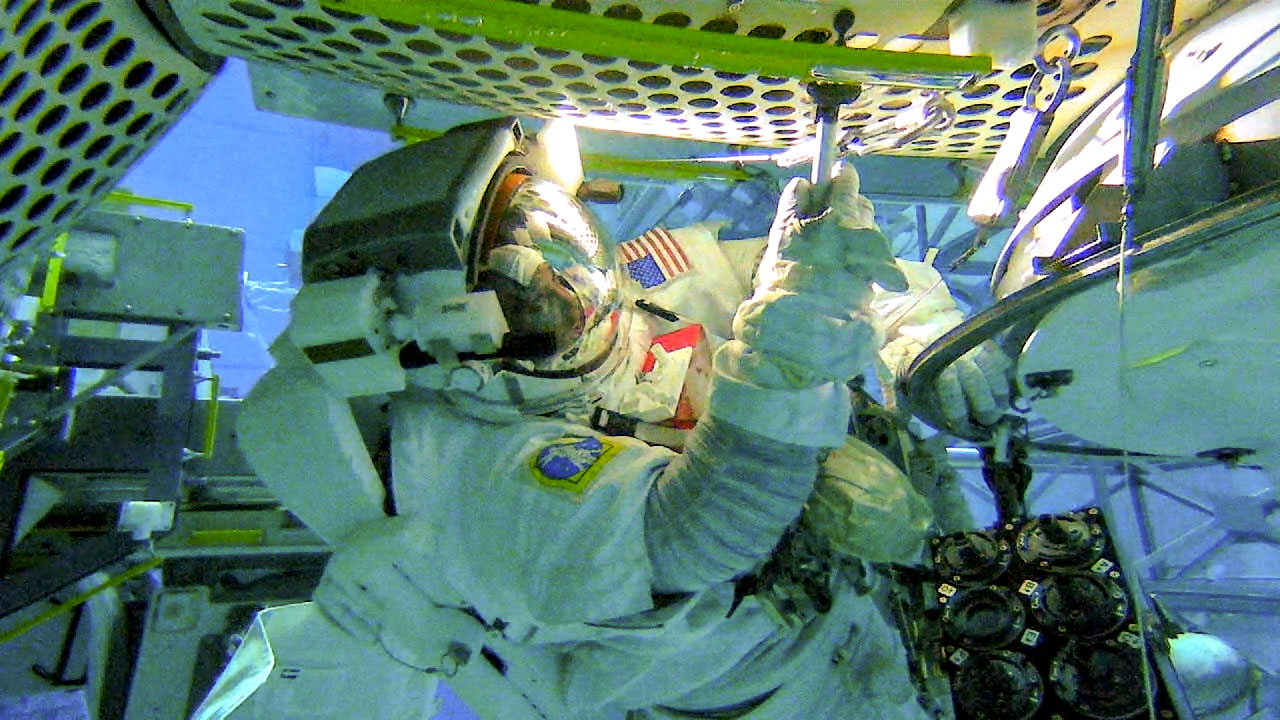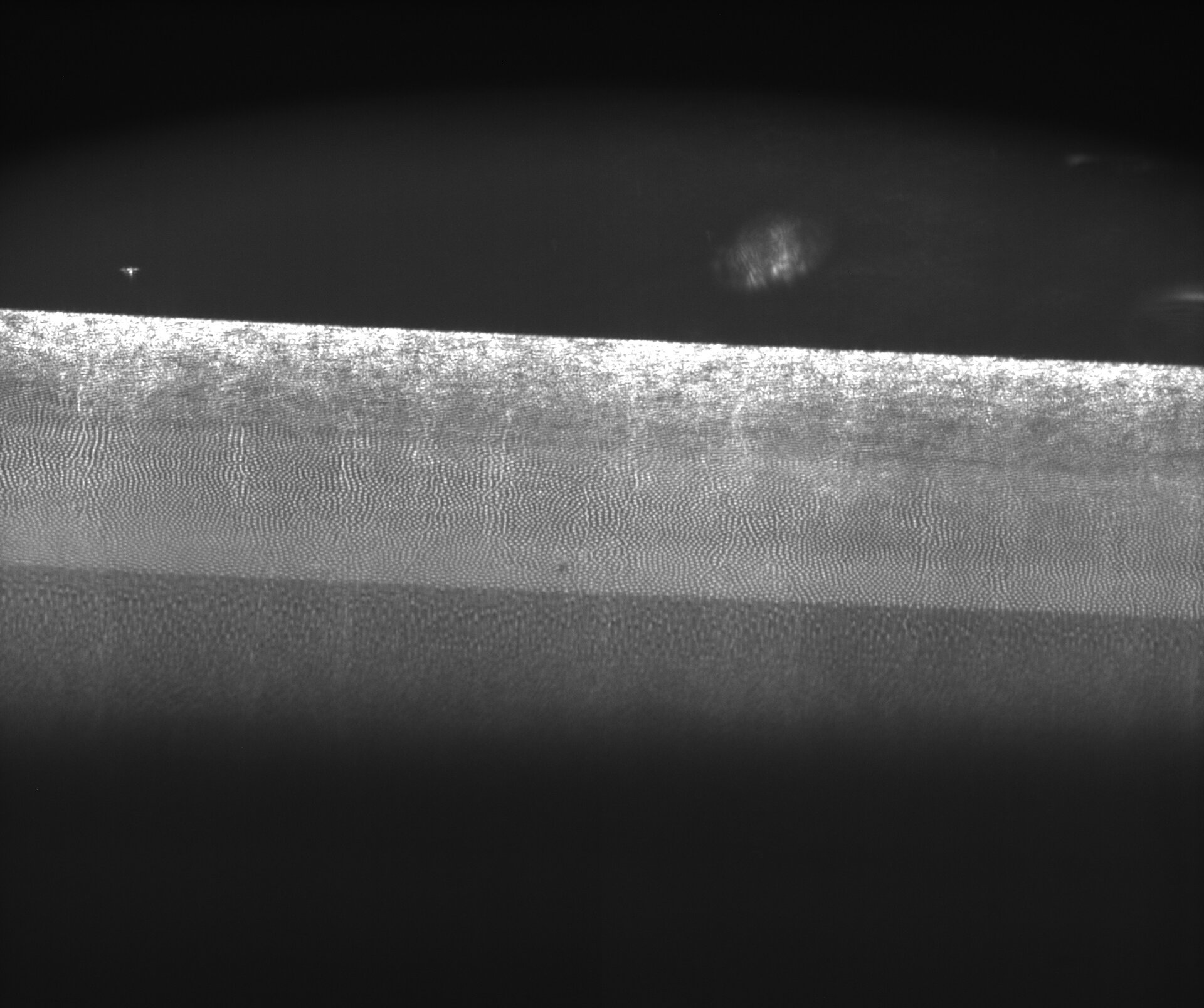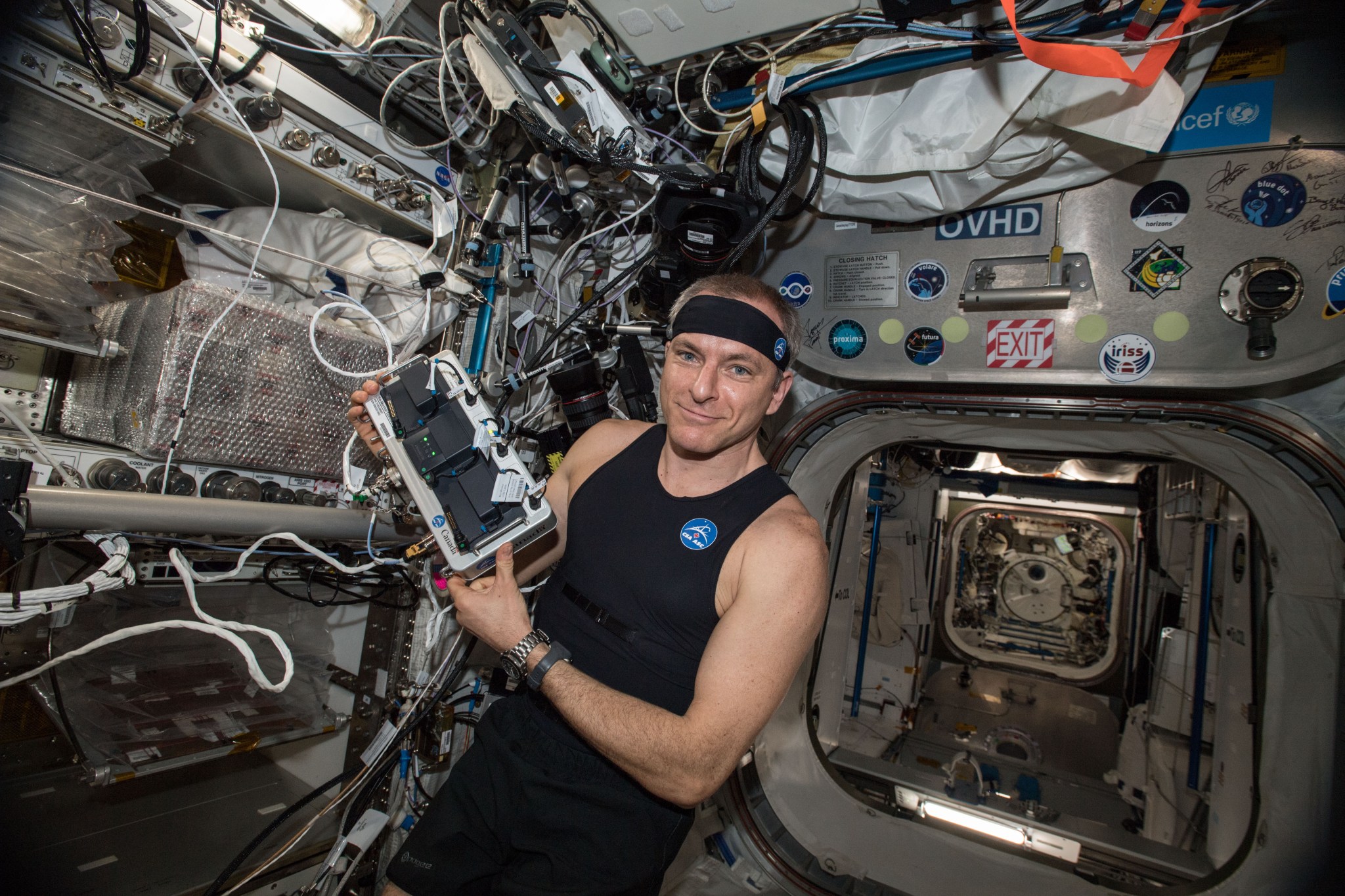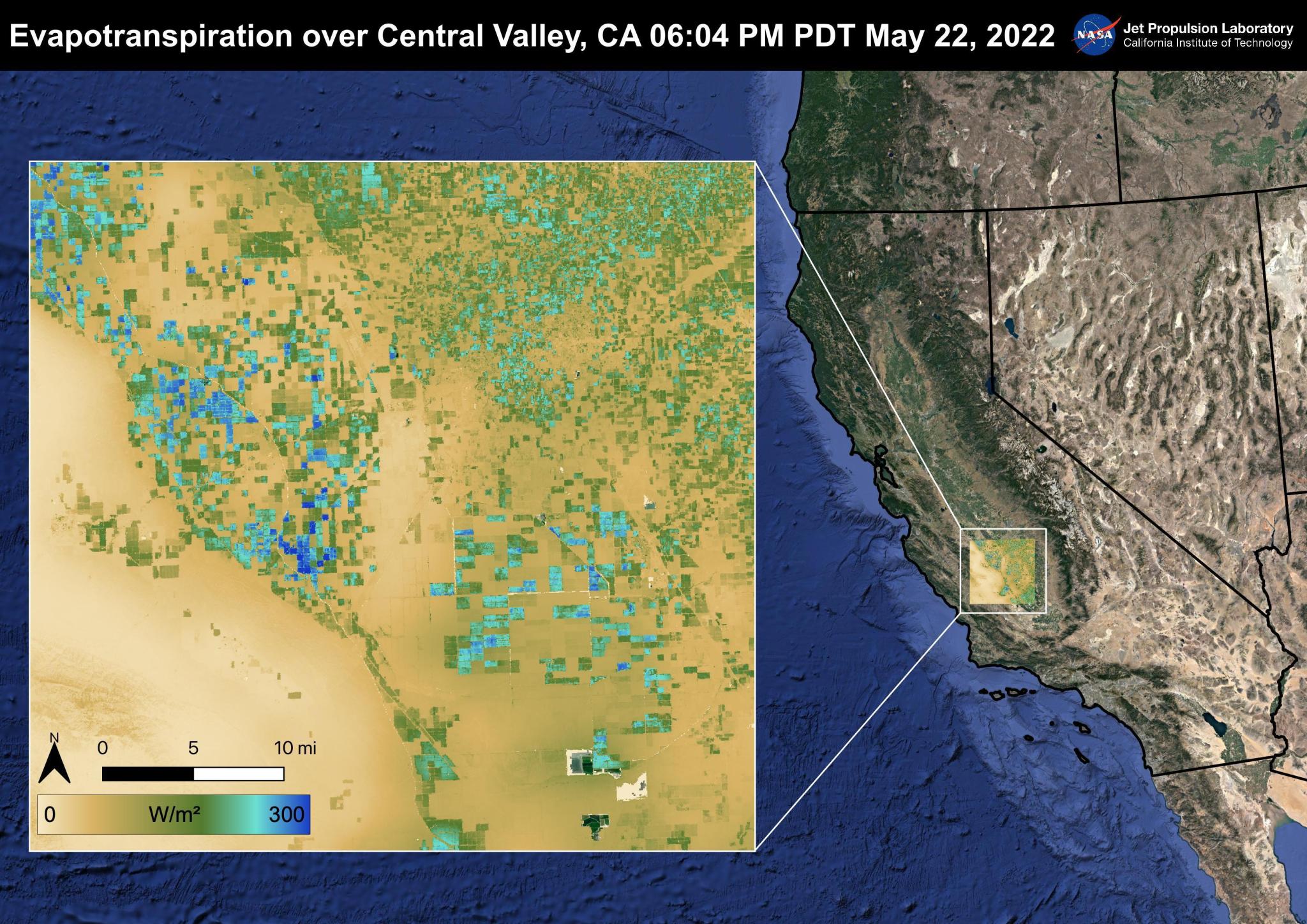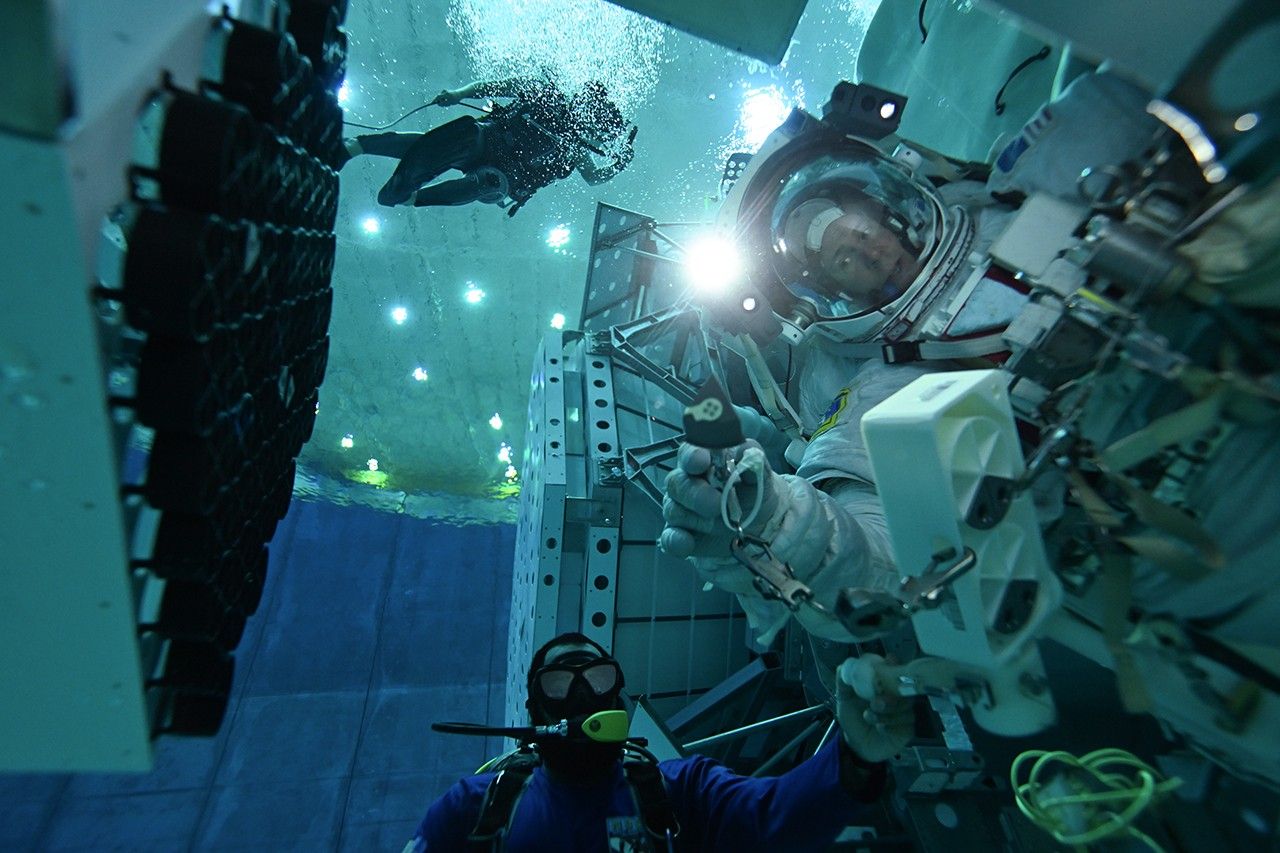The 2024 Annual Highlights of Results from the International Space Station is now available. This new edition contains updated bibliometric analyses, a list of all the publications documented in fiscal year 2024, and synopses of the most recent and recognized scientific findings from investigations conducted on the space station. These investigations are sponsored by NASA and all international partners – CSA (Canadian Space Agency), ESA (European Space Agency), JAXA (Japan Aerospace Exploration Agency), and the State Space Corporation Roscosmos (Roscosmos) – for the advancement of science, technology, and education. Dr. Dmitry Oleynikov…
Read MoreTag: ISS Research
Heart Health
4 Min Read Heart Health Jessica Meir conducts cardiac research in the space station’s Life Sciences Glovebox. Credits: NASA Science in Space: February 2025 February was first proclaimed as American Heart Month in 1964. Since then, its 28 (or 29) days have served as an opportunity to encourage people to focus on their cardiovascular health. The International Space Station serves as a platform for a variety of ongoing research on human health, including how different body systems adapt to weightlessness. This research includes assessing cardiovascular health in astronauts during and…
Read MoreNASA’s Advancements in Space Continue Generating Products on Earth
The cover of Spinoff 2025, NASA’s annual publication that chronicles commercial products born from space technology, is a detailed view of the lunar surface captured by cameras on the Orion spacecraft on a close approach of the Moon during the Artemis I mission. Credit: NASA The latest edition of NASA’s Spinoff publication, which highlights the successful transfer of agency technology to the commercial sector, is now available online. For nearly 25 years, NASA has supported crew working in low Earth orbit to learn about the space environment and perform research…
Read MoreNASA Brings Space to New Jersey Classroom with Astronaut Q&A
(Jan. 13, 2025) Astronaut Nick Hague swaps samples of materials to observe how they burn in weightlessness. Credit: NASA Students from the Thomas Edison EnergySmart Charter School in Somerset, New Jersey, will have the chance to connect with NASA astronaut Nick Hague as he answers prerecorded science, technology, engineering, and mathematics (STEM) related questions from aboard the International Space Station. Watch the 20-minute space-to-Earth call at 11:10 a.m. EST on Tuesday, Feb. 11, on NASA+ and learn how to watch NASA content on various platforms, including social media. Media interested…
Read MoreNASA, Partners to Welcome Fourth Axiom Space Mission to Space Station
The Axiom Mission 4, or Ax-4, crew will launch aboard a SpaceX Dragon spacecraft to the International Space Station from NASA’s Kennedy Space Center in Florida no earlier than Spring 2025. From left to right: Tibor Kapu of Hungary, ISRO (Indian Space Research Organization) astronaut Shubhanshu Shukla, former NASA astronaut Peggy Whitson, and ESA (European Space Agency) astronaut Sławosz Uznański-Wiśniewski of Poland. Credit: SpaceX NASA and its international partners have approved the crew for Axiom Space’s fourth private astronaut mission to the International Space Station, launching from the agency’s Kennedy…
Read MoreAstronauts Set to Swab the Exterior of Station for Microbial Life
NASA astronaut Victor Glover tests collection methods for ISS External Microorganisms in the Neutral Buoyancy Lab at Johnson Space Center. NASA Astronauts are scheduled to venture outside the International Space Station to collect microbiological samples during crew spacewalks for the ISS External Microorganisms experiment. This investigation focuses on sampling at sites near life support system vents to examine whether the spacecraft releases microorganisms, how many, and how far they may travel. This experiment could help researchers understand whether and how these microorganisms survive and reproduce in the harsh space environment…
Read MoreStation Science Top News: Jan. 17, 2025
Insights into metal alloy solidification Researchers report details of phase and structure in the solidification of metal alloys on the International Space Station, including formation of microstructures. Because these microstructures determine a material’s mechanical properties, this work could support improvements in techniques for producing coatings and additive manufacturing or 3D printing processes. METCOMP, an ESA (European Space Agency) investigation, studied solidification in microgravity using transparent organic mixtures as stand-ins for metal alloys. Conducting the research in microgravity removed the influence of convection and other effects of gravity. Results help scientists…
Read MorePeak Performance in Microgravity
Science in Space January 2025 At the start of a new year, many people think about making positive changes in their lives, such as improving physical fitness or learning a particular skill. Astronauts on the International Space Station work all year to maintain a high level of performance while adapting to changes in their physical fitness, cognitive ability, sensory perception, and other functions during spaceflight. Research on the space station looks at how these qualities change in space, the ways those changes affect daily performance, and countermeasures to keep astronauts…
Read MoreStation Science Top News: Jan. 10, 2025
Measurements from space support wildfire risk predictions Researchers demonstrated that data from the International Space Station’s ECOsystem Spaceborne Thermal Radiometer Experiment on Space Station (ECOSTRESS) instrument played a significant role in the ability of machine learning algorithms to predict wildfire susceptibility. This result could help support development of effective strategies for predicting, preventing, monitoring, and managing wildfires. As the frequency and severity of wildfires increases worldwide, experts need reliable models of fire susceptibility to protect public safety and support natural resource planning and risk management. ECOSTRESS measures evapotranspiration, water use…
Read MoreAstronaut Set to Patch NASA’s X-ray Telescope Aboard Space Station
4 min read Astronaut Set to Patch NASA’s X-ray Telescope Aboard Space Station NASA astronaut Nick Hague will install patches to the agency’s NICER (Neutron star Interior Composition Explorer) X-ray telescope on the International Space Station as part of a spacewalk scheduled for Jan. 16. Hague, along with astronaut Suni Williams, will also complete other tasks during the outing. NICER will be the first NASA observatory repaired on-orbit since the last servicing mission for the Hubble Space Telescope in 2009. Hague and other astronauts, including Don Pettit, who is also currently on the…
Read More